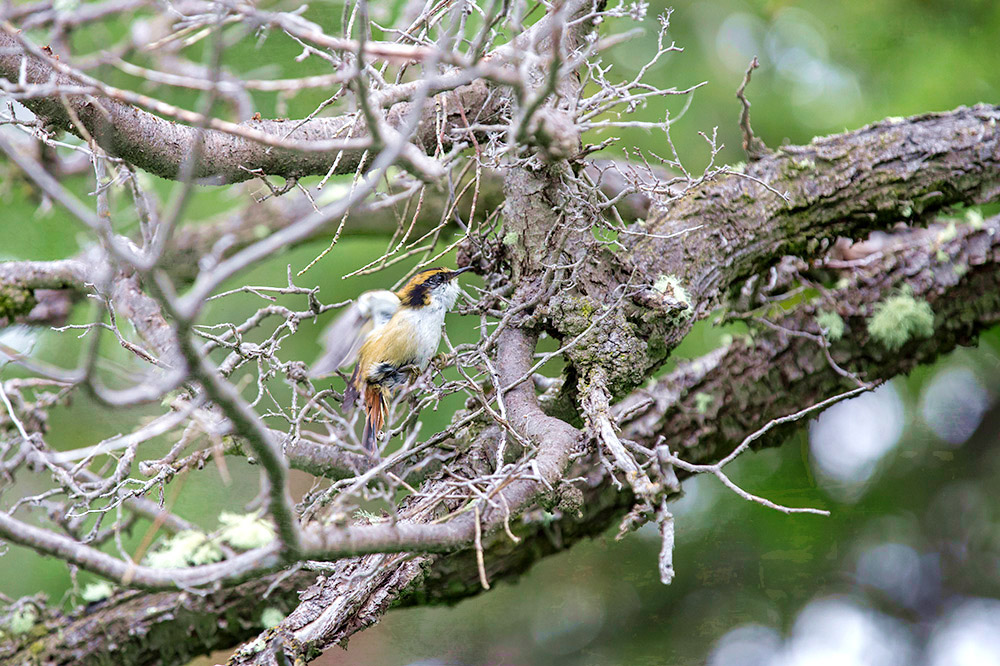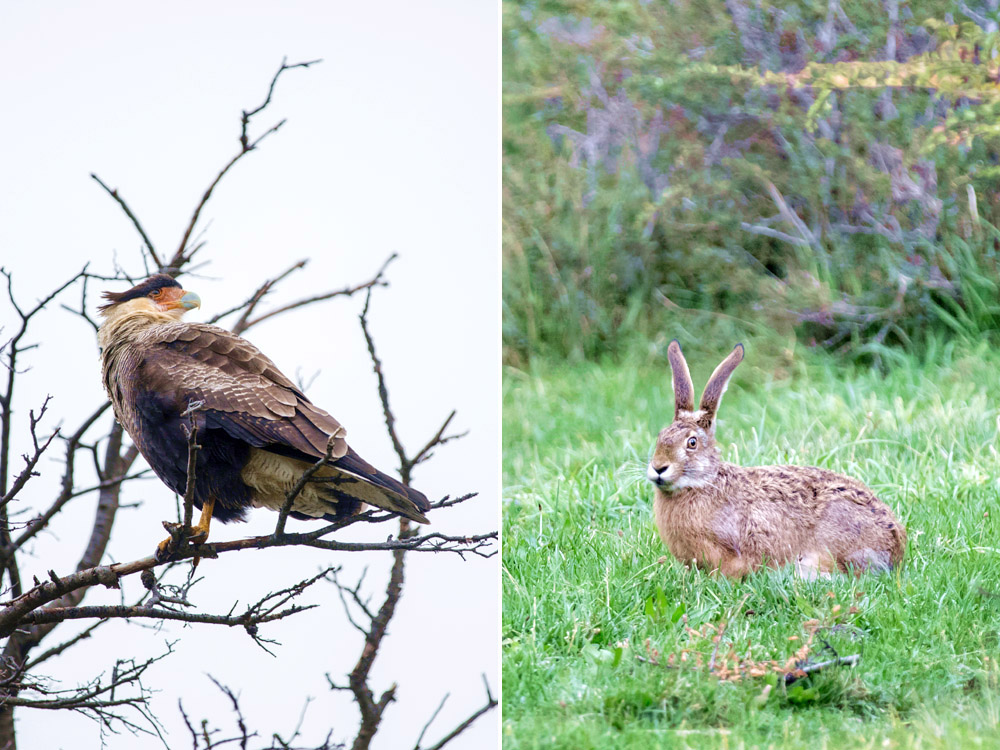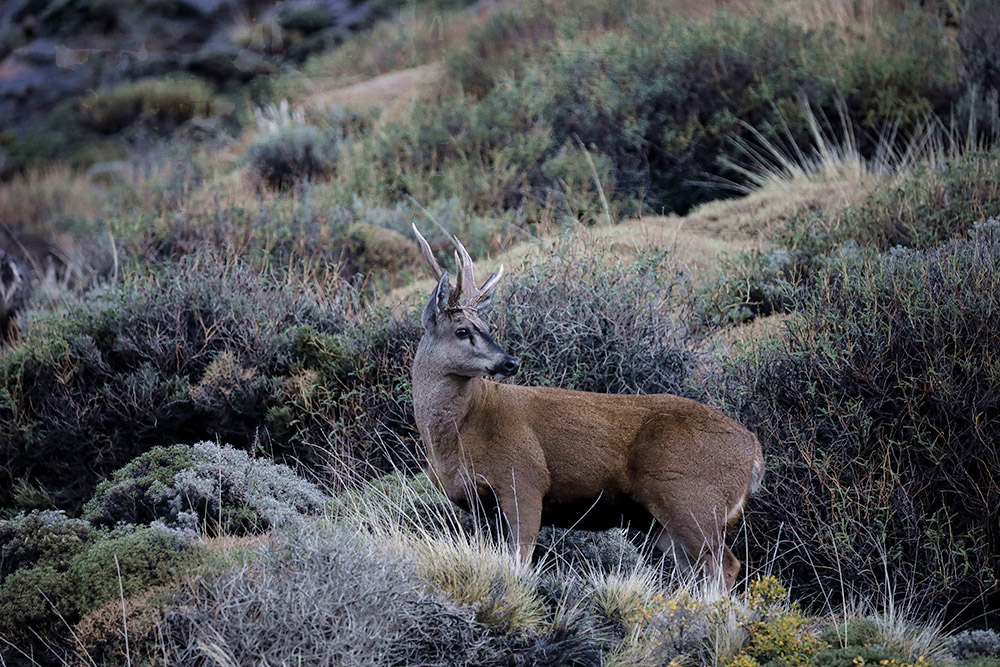TORRES DEL PAINE (Chile), Dec 3 — If you see no other animals in Patagonia, you will see a guanaco. Make that guanacos, plural. There’s never just one.
More than the breathtaking mountains, more than the beguilingly blue lakes, the guanaco is the mascot for Patagonia, especially the Chilean side here in wild, almost untamed Torres del Paine National Park.
Herds roam the grasslands in the thousands; though rightfully the collective noun for this southern cousin of the more famous llama is a pack, not a herd.
That word — “pack” — evokes a wilder imagery than a domesticated herd, and that is abundantly clear here as you wander around Patagonia. Wild imagery, and something deeper, older, calling you.
The call of the wild is a strong one.
There’s something almost primordial about our longing for a connection to our past, not merely to our distant ancestors but further back, when we lived closer to Nature. When we roamed instead of taking vacations.

Yet you are wise enough not to fool yourself; travel is how you find yourself here, in a faraway land, half a world away from home. City life can be claustrophobic; here, then, is your chance to be transported to a wider, more open space than you could ever imagine or believe exists.
The natural splendour of Laguna Azul in the heart of Torres del Paine makes for a stunning view but this is also a perfect base from which to start your trekking and exploring. There are trails. There are paths you could take that are truly off the beaten track.
Beyond the numerous and gregarious guanacos, you wish to see more of Patagonia’s fantastic beasts.

An animal you have been warned about is the Patagonian puma. It’s the largest land carnivore in the region, an elegant and sleek predator that hunts the aforementioned guanacos.
Alas, you have also been told to manage your expectations. Though not rare, these are reclusive felines and they prowl during the hours before you’re likely to have awoken.
What you are likely to have better luck in is some birdwatching. There are many feathered marvels in Patagonia. It’s easy, for instance, to spot the long-tailed meadowlark thanks to its bold crimson breast; you’d see it a mile away.

You wouldn’t be the only one. Patagonian raptors such as the American kestrel are also on the lookout for easy prey that signal to them so temptingly.
These kestrels — a type of falcon — typically come in pairs and despite their small size, are easily identified due to their predilection to perch in open places. Dry, leafless branches and swaying fences; old, rotting logs and the occasional odd posts: birdwatching is an active pursuit of keeping your eyes out for possibilities.
One such possibility and pleasant surprise is when you notice the quick flick of a dark, bushy tail. You might have stumbled upon the Grey Zorro.
It’s a magnificent name but don’t expect a six-foot Latin American swashbuckler. Look lower to the ground and you might see a small canine with that iconic sly and cunning look: a fox.

Not just any fox but the Patagonian grey fox. Besides their long tail, they have a distinctive tawny coat and a frisky personality. Like the raptors, they too feed on small birds and wild hares.
Certainly there is plenty of competition.
You are likely to catch a glimpse of the southern crested caracara, another Patagonian raptor and the second-largest falcon in the world, as you continue your ramble. These prefer scavenging on foot for dead carcasses but will prey on a wild hare too if the opportunity arises.
It’s survival of the fittest. Fox or falcon, one must get there first.
Given the sheer cacophony of birdsong, however, you can’t help but wonder if some of the prey makes it too convenient for the predators to locate them. If you hear a loud trill alternating with a softer one, this could well be the thorn-tailed rayadito with its variety of different calls.

When that call turns into an abrupt and urgent “Tsii! Tsii! Tsii!”, chances are the bird has detected danger nearby. Or they could have seen you before you have even observed a single feather on their long, thorny tail.
For though we think of ourselves as adventurers and explorers, almost invisible as we navigate the land, we are, in fact, utterly exposed in the vast expanse of Patagonia. The fantastic birds and beasts see us before we see them (if at all).
Indeed there are many you might not observe: the Patagonian armadillo, a burrowing beast with impressive paws, that prefers the soft soil near the lakes; the Patagonian Mara, one of the largest rodents in the world, weighing as much as 9 kilograms yet still swift when evading predators; and many more.
The ones you see the most are the raptors out hunting. They have no predators; they have no need to hide.
Not all Patagonian birds are raptors or their prey though. If you see a large, flightless bird that looks similar to an African ostrich or an Australian emu, you would have met their cousin, the South American rhea.

With dull, greyish brown plumage, these birds are of the earth. Appropriately enough, their name comes from the Greek Titan Rhea, whose name is derived from the Greek word for “the ground.”
And the ground is where you will find the rheas. The endless grasslands and the open pampas. Yet the ground isn’t the only place you will find large birds.
Above you, a majestic silhouette is soaring, the shape of its wings spread out reminiscent to that of an aircraft. The Andean Condor, then. This raptor has the largest wing-span of any land bird.
If you spot an albatross you know you are near the sea; you see the Andean Condor and you know you are closer to land, somewhere between the valley and the mountains.

Perhaps its appearance is a sign. You look down from the sky and you spot one final creature, perhaps the most fantastic of all the Patagonian beasts. It’s a deer, yes, but not just any deer.
This is the South Andean deer, of which only a hundred or so remain. This most graceful animal, with its beautiful white marked throat, is part of Chile’s national coat of arms. This is an endangered species, a National Natural Monument.
This is the huemul.
It’s then that you are sure, if you weren’t before, you are indeed in Patagonia. You have answered the call of the wild and now you know where to find fantastic beasts.
For more travel and slice-of-life stories, visit lifeforbeginners.com.






















